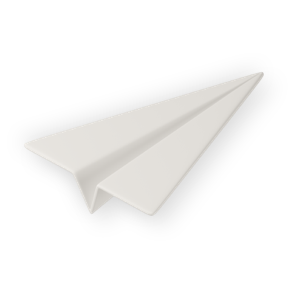Exhibition designer
Create attractive display stands for companies to show off their products or services at conferences and events.

About the job
Salary
Source: National Careers Service
Weekly
£346
Entry level
£769
Experienced
Monthly
£1,500
Entry level
£3,333
Experienced
Yearly
£18,000
Entry level
£40,000
Experienced
5,600
people are currently employed
High growth
200 more jobs in 5 years
These figures refer to this job and similar ones with comparable skills and qualifications. They only apply to Scotland. Source: Oxford Economics
What it's like
You would design and create attractive display stands for companies to show off their products or services at conferences and events.
You’d work with organisations and individuals to turn their ideas into engaging displays. The design would tie in with an overall theme or promote the company and its products in the most positive way.
You’d draw sketches and scale plans to illustrate your ideas. You’d use design software to create computer-generated visuals. You might also make models.
You could design displays for:
Large commercial public exhibitions like the Ideal Home Show
Conferences and exhibitions for education, trade and industry
Temporary displays for businesses, retailers, museums, libraries and galleries
You’d use graphics, props, multimedia, lighting and sound to make the most of the exhibition space.
You would:
Discuss the requirements with your clients
Present your ideas
Produce final blueprints
Order the supplies
Liaise with technical specialists such as lighting staff
Manage the set-up of the display
In smaller companies, you would oversee the construction of the components for the display stand. You’d also organise getting the stand put together and installed at the exhibition venue.
You’d need to be aware of health and safety issues.

Hours

Environment

Travel
Explore more information about this job
Here are some useful links to learn more about this career:
Like the sound of this career?
Browse courses in Scotland related to 'Exhibition designer'
Select qualification level(s)
Other careers that you might like
Graphic designer VFX artist Level designer
Related industries
Many jobs can be done in lots of different industries. We've highlighted the ones we think are most important for this job.
Tourism Creative
Top skills
Skills are things you're good at. Whether you know what yours are or not, everyone has them!
It's useful to learn which ones are important in a job so you know the areas you need to brush up on. It can also help you work out if you're suited to a career.
Here are some of the skills you'll need to do this job:
- problem solving
- creative
- designing
- researching
- cooperating
- verbal communication
- working with technology
- attention to detail
- developing a plan
- time management

Your skills are important
Our unique skillsets are what make us stand out from the crowd. Learn about each skill in depth and discover what employers look for in your applications and interviews.
Getting in
Explore the sections shown for more information about getting into this career.
You might have qualifications which are not shown here but will allow you access to a course. You can compare your qualifications by looking at their SCQF Level. For more information about this, check out the SCQF website.
Always contact the college, university or training provider to check exactly what you'll need.
Colleges and universities will list subjects you'll need for entry to a course. Some useful subjects include:
Art and Design
Design and Manufacture
Graphic Communication
Practical Craft Skills
Skills for Work: Creative Industries
Foundation Apprenticeship: Creative and Digital Media
You can get a head start in this career by doing a Foundation Apprenticeship in S5 and S6.
You'll get an SCQF level 6 qualification which is the same level as a Higher. You'll also learn new skills and gain valuable experience in a work environment.
Discover what's on offer at your school on Apprenticeships.scot.
Employers often require a Higher National Certificate (SCQF level 7), Higher National Diploma (SCQF level 8) or degree qualification (SCQF level 9/10) areas such as interior and spatial design, 3D or display design.
You can enter an interior or 3D design National Certificate or National Qualification courses (SCQF 4-6) with National 4/5 qualifications (SCQF level 4/5).
To enter a Higher National Certificate (SCQF level 7) or Higher National Diploma (SCQF level 8) (SCQF 7/ 8) requires National 4/5 qualifications and one to two Highers or relevant NC/NQ.
Entry to an interior or spatial design degree (SCQF level 9/10) requires National qualifications and a minimum of four Highers at BBBC or above or a relevant HNC/HND.
Qualifications that show creative skills and industry knowledge such as Skills for Work Creative Industries (SCQF level 5).
Work-based qualifications such as a Scottish Vocational Qualification or Diploma in Creative and Cultural Skills (SCQF level 6/SVQ level 3).
You will need a portfolio of your work for applying to courses and jobs.
Explore over 22,000 courses in Scotland
Find the perfect course to boost your career.
